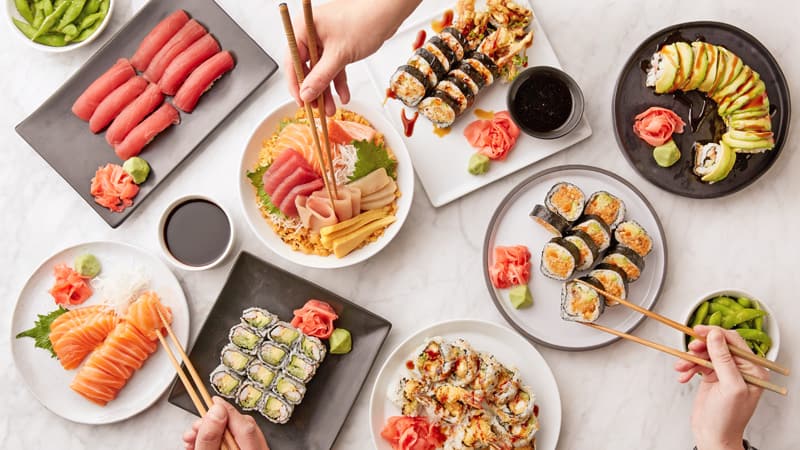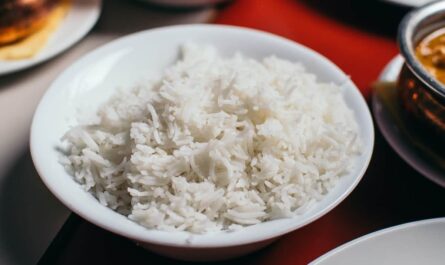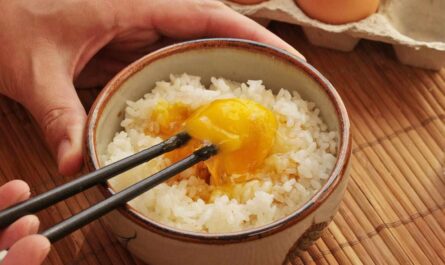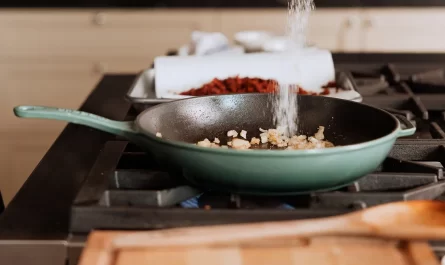Indulge in a unique culinary experience with our **riceless sushi recipe**. Whether you’re a sushi connoisseur or a newbie, this innovative approach to sushi-making that eliminates rice while preserving the authentic flavors will astound you. It blends creativity with simplicity and provides a nutritious alternative to traditional sushi rolls. In this article, you’ll discover how to craft delectable riceless sushi, making it perfect for those who are watching their carb intake or seeking something different.

Why Go Riceless?
Typically, sushi relies heavily on rice, which is integral to its flavor and texture. However, opting for a **riceless sushi recipe** has several benefits. Not only does it cater to individuals with dietary restrictions, but it also promotes weight management by reducing carbohydrate intake. Moreover, going riceless opens the door to incorporating a more significant variety of ingredients, enhancing the nutritional content and flavor profiles of your sushi rolls. Imagine a sushi experience where veggies, fruits, and proteins reign supreme.
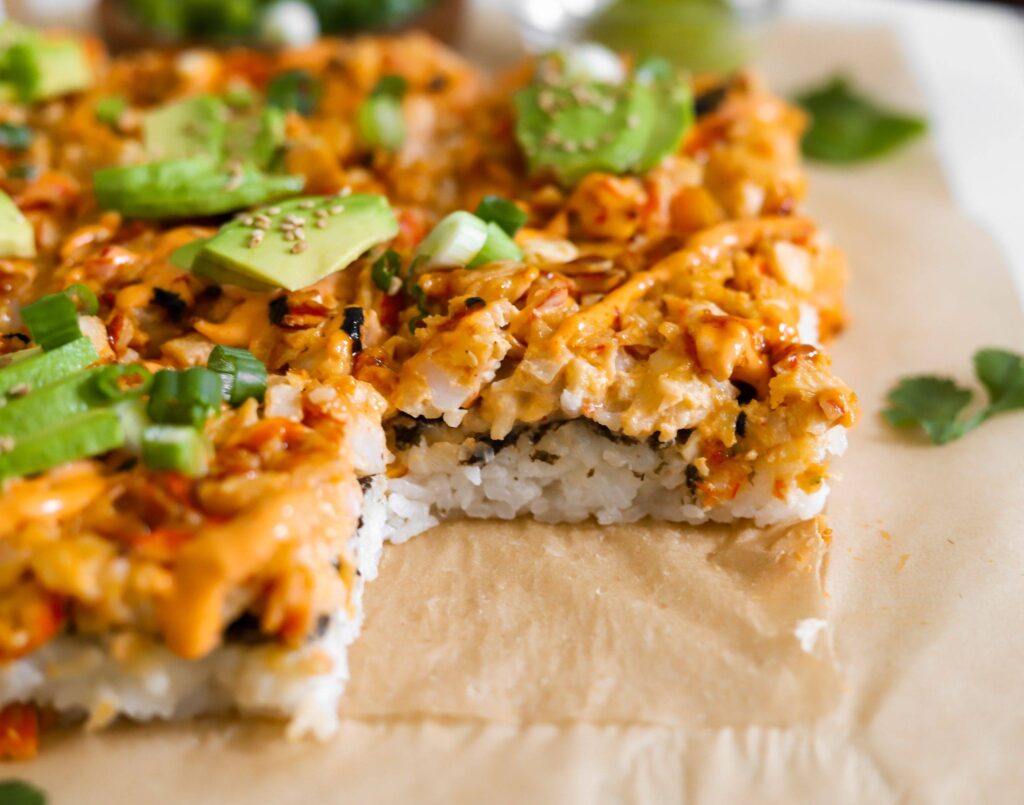
Essential Cookware and Tools
Before diving into our **riceless sushi recipe**, it’s crucial to gather the necessary tools. Proper equipment ensures precision and ease in sushi making:
- Rice Cooker: While unnecessary for this recipe, it’s essential for traditional sushi preparations.
- Sushi Knife: A must-have for slicing ingredients with finesse.
- Cutting Board: Provides a stable surface for meticulous preparation.
- Strainer: Perfect for washing and draining vegetables.
- Sushi Making Kit: Simplifies the rolling process, ensuring professional-looking results.
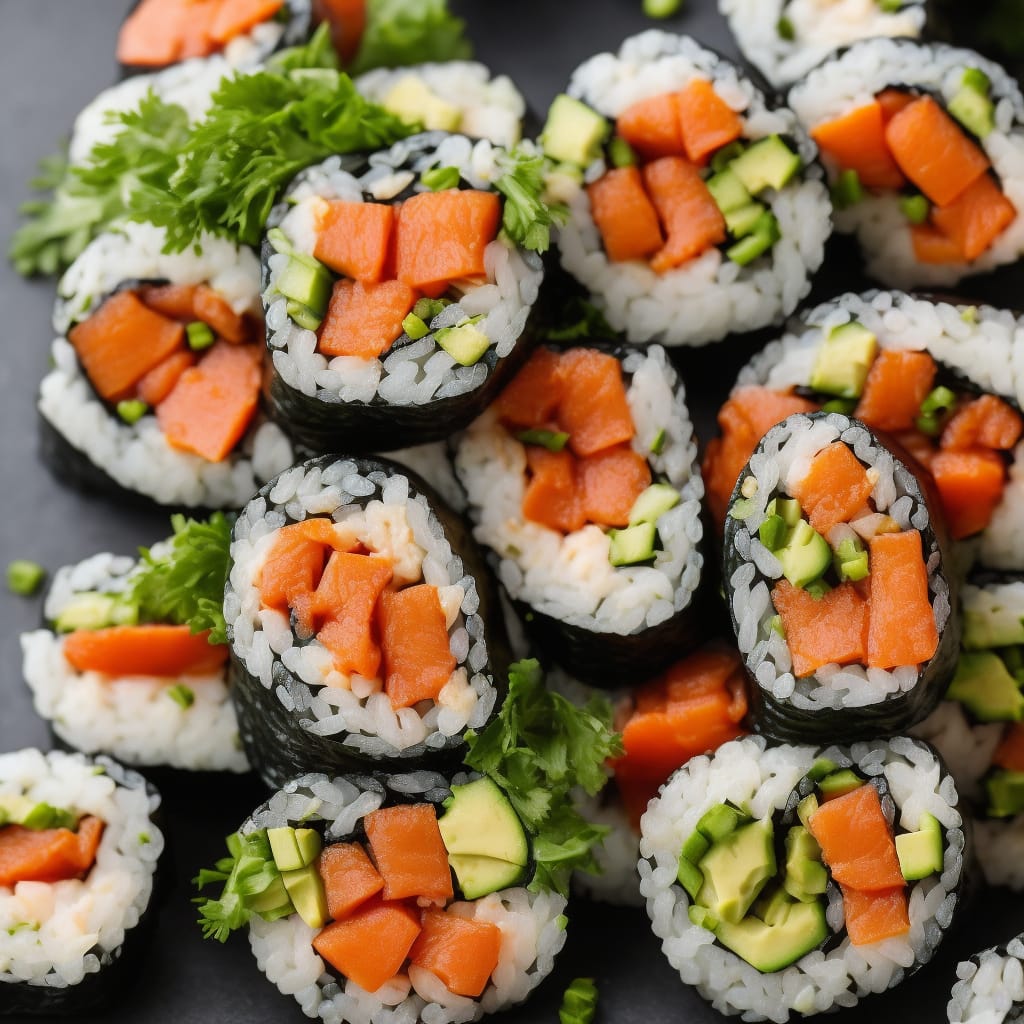
Exploring the Ingredients
Each ingredient in this **riceless sushi recipe** plays a crucial role in achieving the perfect blend of flavors and textures. Here, we’ll dive deep into the components that bring this dish to life:
Choosing the Right Vegetables
Vegetables are at the forefront of a riceless sushi roll. Selecting a variety of colorful and crunchy vegetables, such as cucumber, bell peppers, and carrots, not only makes your sushi visually appealing but also adds a range of vitamins and minerals. It’s advisable to slice them thinly using a special sushi knife to ensure uniformity and ease of rolling.
Protein Powerhouses
Opt for proteins such as fresh, sushi-grade fish, tofu, tempeh, or even tender chicken slices. Freshness and quality are paramount as they impact the flavor and safety of your riceless sushi. For pescatarians, soft shell crab or shrimp make excellent substitutes.
A Burst of Flavor: Fruits and Herbs
Fruits like mango, avocado, and strawberries can uplift your sushi to an uncharted level of deliciousness. Their natural sweetness complements the savory components remarkably. Fresh herbs, like mint or cilantro, provide an additional layer of fragrance and flavor. Integrating fruits and leafy herbs elevates your **riceless sushi recipe** from ordinary to extraordinary.
Wrapping Up: The Role of Seaweed
Nori, the quintessential seaweed sheets, hold everything together. High in iodine and other nutrients, nori sheets add an umami punch and structural integrity to the sushi. Ensure they’re fresh and pliable to facilitate easy rolling. Nori’s subtle flavor anchors the myriad of tastes within your riceless sushi roll.
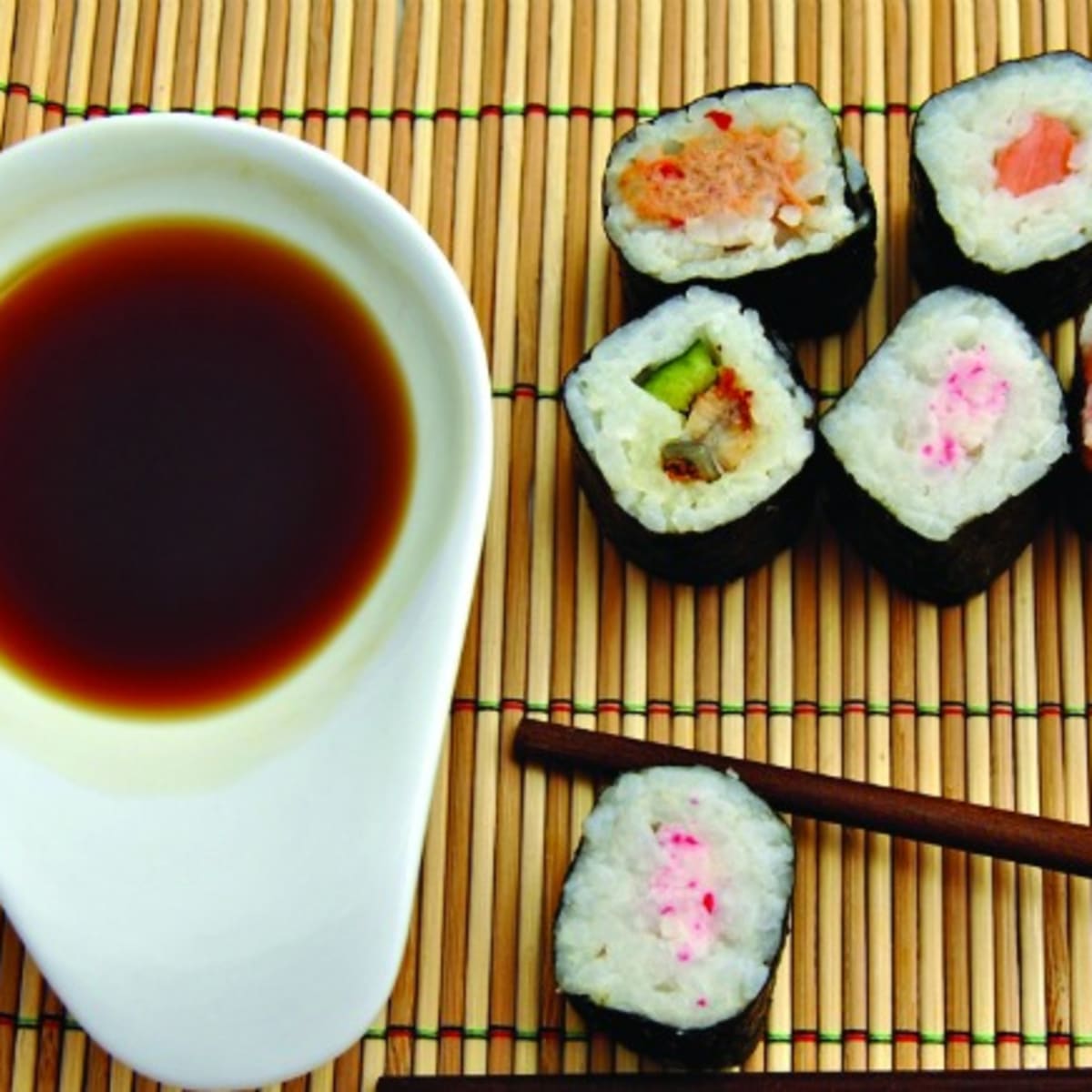
Step-By-Step Preparation Instructions
Simplicity is key when making riceless sushi. Here’s a detailed guide to mastering this unconventional sushi:
Step 1: Preparing Your Workspace
A well-organized workspace significantly improves your sushi-making experience. Set up your cutting board, sushi knife, and arrange your ingredients nearby. This setup allows for a seamless preparation flow. Use a clean, damp cloth to wipe your tools and surfaces regularly.
Step 2: Prepping the Vegetables and Proteins
Begin by washing your vegetables using a strainer. Peel and thinly slice them and arrange them in neat sections on your cutting board. Similarly, slice your chosen proteins into uniform, bite-sized pieces. Its essential that all your ingredients are evenly sized for balanced flavor in every bite. If using fish, make sure its sushi-grade and freshly prepared.
Step 3: Rolling the Sushi
Lay a nori sheet on your rolling mat, shiny side down. Start by layering a bed of thinly sliced vegetables followed by fruits and protein. Avoid overstuffing as it can make rolling difficult. Roll the nori sheet over the ingredients using the mat to apply gentle pressure, ensuring the roll is tight and firm. Use water to seal the edge of the nori sheet.
Step 4: Slicing Your Riceless Sushi
Using a sharp sushi knife, slice your roll into equal-sized pieces. Make sure each slice is clean by wiping your sushi knife with a damp cloth between cuts. This precision maintains the aesthetic appeal of your riceless sushi and ensures each piece is uniformly delicious.
Step 5: Plating and Serving
Artful presentation enhances the dining experience. Arrange your sushi pieces on a platter, garnished with pickled ginger, soy sauce, and wasabi. You can also add a drizzle of sriracha or teriyaki sauce for an extra kick. Elevate the aesthetics by adding slices of lime or edible flowers around your sushi for a visually delightful spread.
Health Benefits of Riceless Sushi
Integrating **riceless sushi recipes** into your diet offers numerous health advantages. The plethora of fresh vegetables encases a burst of essential vitamins, minerals, and antioxidants. Proteins add a fulfilling element, aiding muscle repair and growth. Nori is rich in iodine, which supports thyroid health, and the absence of rice significantly reduces your intake of refined carbs, aligning with low-carb dietary preferences.
Supports Weight Management
Substituting rice with vegetables lowers calorie intake while increasing fiber, making you feel full for longer. This shift can aid in weight management by curbing cravings and lowering overall caloric consumption. Vegetables like cucumbers and bell peppers are not only low in calories but also high in water content, adding to their satiating qualities.
Strengthens the Immune System
Various fruits and vegetables incorporated in a riceless sushi recipe are excellent sources of vitamins A and C. These vitamins are powerful antioxidants that boost your immune system, helping ward off illnesses and promoting overall health. Herbs like cilantro also bring anti-inflammatory benefits.
Improves Cardiovascular Health
By eliminating rice, you also reduce sodium intake, which is beneficial for blood pressure management. Proteins such as fish are abundant in omega-3 fatty acids, crucial components for heart health. Consuming fruits like avocado provides healthy fats that further contribute to cardiovascular wellness.
Variations and Creative Twists
The beauty of a **riceless sushi recipe** lies in its versatility. Feel free to experiment and personalize your sushi to suit your taste preferences and dietary needs:
Vegetarian Riceless Sushi
Elevate your riceless sushi by focusing solely on plant-based ingredients. Incorporate roasted sweet potatoes, marinated tofu, and a plethora of greens. Adding a touch of hummus or guacamole as a spread can enhance the flavor and hold the ingredients together better.
Spicy Tuna and Avocado Rolls
For a scrumptious, spicy twist, opt for tuna mixed with sriracha and mayo, layered with creamy avocado slices. This combination provides a fiery kick, balanced perfectly by the smoothness of the avocado.
Mango, Cucumber, and Crab Rolls
Create a refreshing sushi roll by blending sweet mango, crunchy cucumber, and succulent crab sticks. This combination is light yet flavorful, ideal for summer lunches or picnics. The sweetness of the mango pairs harmoniously with the mild taste of the crab, creating a balanced bite every time.
Tips and Tricks for Perfect Riceless Sushi
Mastering the art of riceless sushi-making can be effortless with the right tips up your sleeve:
Invest in Quality Tools
Using high-quality tools like a sushi knife and cutting board ensures precision and ease in your preparation process. These tools are designed specifically for sushi-making and provide a smoother cooking experience.
Practice Rolling Techniques
Achieving a well-rolled sushi requires practice. Experiment with the amount of filling and rolling pressure. With time, you’ll find the perfect balance for tight, neat rolls. Utilize a sushi rolling mat for even distribution and consistent pressure, which is vital for a seamless roll.
Use Fresh Ingredients
Fresh ingredients are the cornerstone of great sushi. Ensure your vegetables, fruits, and proteins are of the highest quality for an unforgettable sushi experience. Freshness not only impacts flavor but also the texture and overall appeal of your riceless sushi.
As you embrace the journey of making **riceless sushi recipes**, these varieties not only satisfy but also inspire creative culinary expression. Whether you’re hosting a sushi night or seeking a nutritious meal alternative, riceless sushi promises to delight your palate and nourish your body. Embark on this culinary adventure and relish the myriad possibilities of riceless sushi.
For more sushi-making inspirations, explore [California Sushi Roll](https://sushiandrice.com/california-sushi-roll-recipe/), [Hawaiian Roll](https://sushiandrice.com/hawaiian-roll-sushi-recipe/), and [Volcano Roll](https://sushiandrice.com/volcano-roll-sushi-recipe/). Each of these recipes offers unique twists and flavors that can elevate your sushi-making repertoire.
Ensure you keep your tools in top shape with the right care. Use a cookware cleaner and cutting board oil to maintain their longevity and performance.
As an Amazon Associate, I earn from qualifying purchases.

